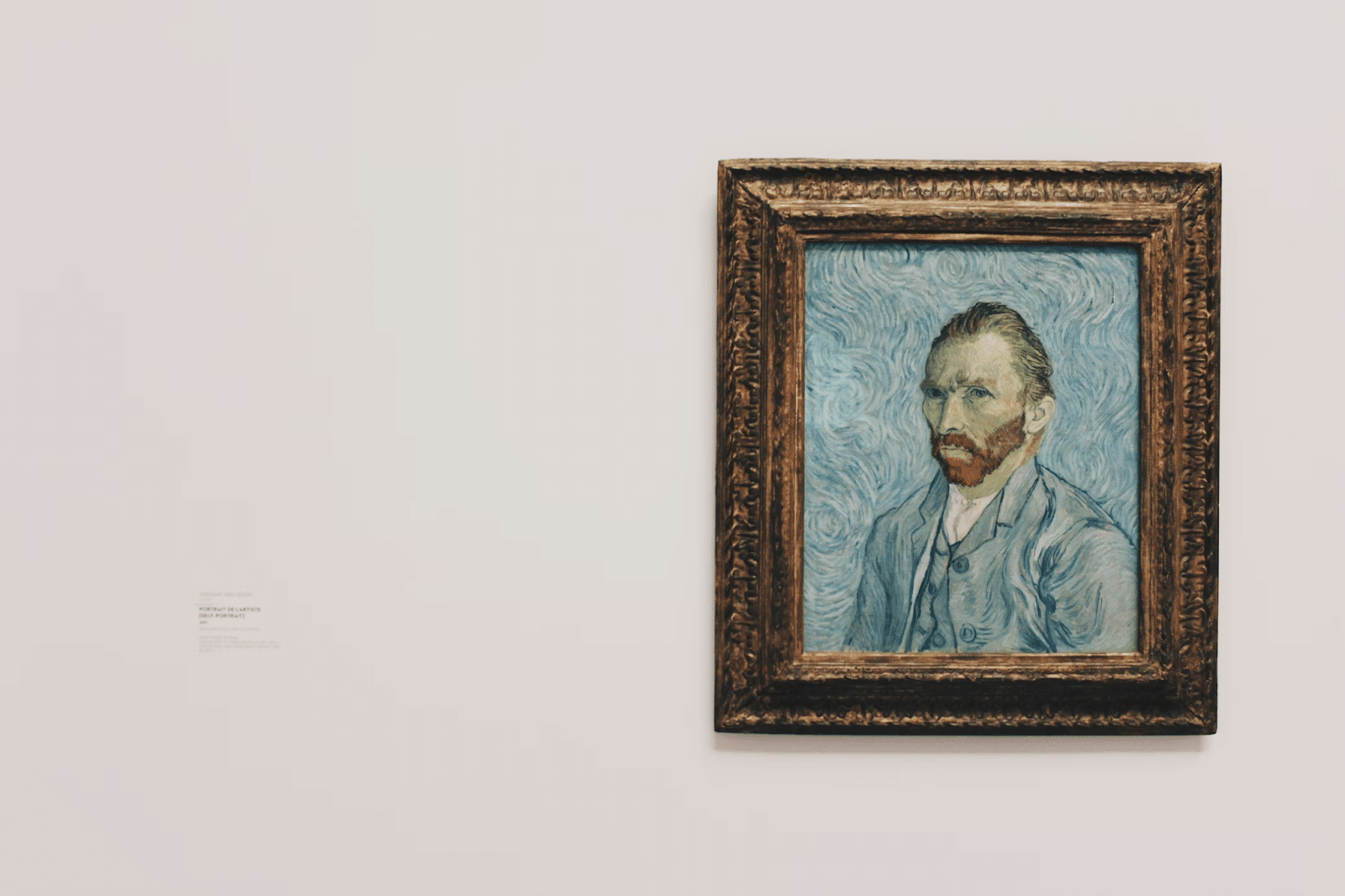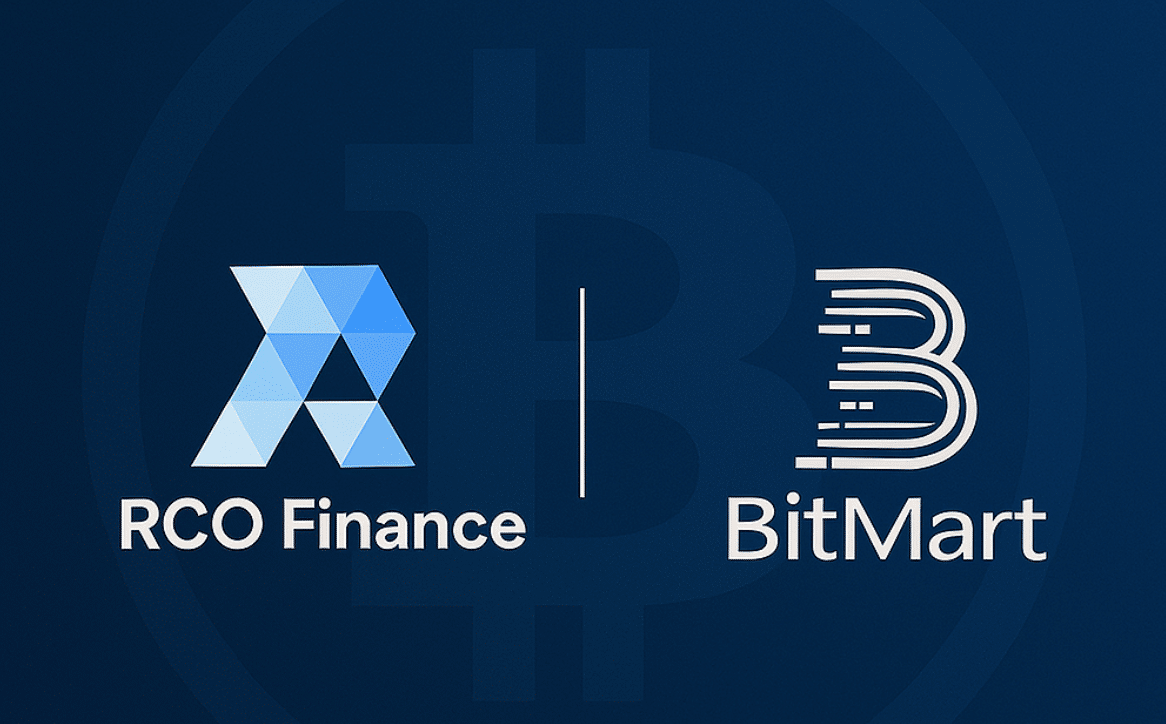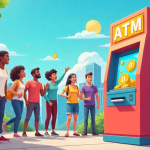In today’s hyperconnected world, artists and musicians constantly face the threat of unauthorized distribution and infringement. The global rise of streaming services and digital marketplaces exposes creators to increasing risks, as their intellectual property can be easily copied or pirated. Many are now seeking copyright protection using blockchain to safeguard their works. This technology records ownership data, timestamps new creations, and provides an immutable ledger — thus thwarting potential plagiarists.
No one claims decentralized ledgers are a panacea, but they certainly bring novel approaches to an age-old dilemma: safeguarding intellectual property rights. By combining legal guidelines, robust code, and communal trust, we can expect continued evolution in copyright in crypto. Whether you’re a tech-savvy artist or curious observer, the world of blockchain-based copyright solutions is worth watching — and maybe even exploring with a well-deserved gaming break at 777fun.
Observers of blockchain and copyright issues highlight that traditional copyright mechanisms often lag behind rapid online sharing. A certificate of registration may be secure, but the manual processes of enforcement remain lengthy. Innovators propose a more efficient model based on decentralized ledgers, effectively bridging the gap between art, music, and modern digital rights management. Indeed, blockchain for copyright is emerging as a viable solution across creative industries. By ensuring that each item’s metadata is permanently linked to its rightful owner, blockchain systems reinforce the legal claims of creators and simplify future dispute resolution.
Key Concepts and Tools

To explore how blockchain in copyright works, it’s useful to understand how data is stored on distributed networks. Unlike traditional databases, blockchains rely on consensus among participants, making records tamper-evident. When discussing copyright in blockchain, legal analysts emphasize the advantage of having each transaction cryptographically linked to the next. Such architecture guarantees that once a creative work is registered, any attempt to alter or remove its information becomes exceedingly difficult.
One notable technique revolves around digital copyright in blockchain solutions that anchor metadata about ownership and publication dates in a decentralized ledger. By referencing cryptographic signatures, these solutions streamline identity verification and expedite proof-of-ownership processes. However, the evolution of blockchain copyright management depends on collaboration between artists, legal bodies, and technology developers. After all, the best system is useless if it’s never adopted. As the creative community and regulatory agencies align, the foundation for robust blockchain for copyright protection can flourish.
Real-World Strategies
Effective copyright protection using blockchain hinges on a range of strategies. Initially, creators must register new works — like musical compositions or digital art — on a platform that supports blockchain copyright management. This might involve uploading files or digital signatures to a decentralized ledger, where they receive a time-stamped entry. Some advanced systems, such as a blockchain based code copyright management system, cater specifically to programmers, generating cryptographic evidence of their authorship.
Beyond registration, blockchain for copyright offers powerful enforcement tools. If a piece of content appears illegally on an online platform, the creator can reference blockchain records to prove priority. This is especially crucial as more artists monetize content through streaming or digital galleries. The transparency of the ledger reduces the workload for verifying authenticity — parties can track each transaction or update with minimal fuss. Hence, not only does digital copyright in blockchain bolster proactive measures, it fosters an environment in which infringers can be swiftly exposed.
Still, real enforcement involves legal frameworks that reference these blockchain records as credible evidence. The synergy between blockchain regulations and copyright statutes is currently evolving, as lawmakers realize the potential for bridging digital technology with intellectual property law. While some regions champion progressive stances, others remain cautious, citing concerns about privacy or data sovereignty. Over time, though, as the industry standardizes best practices, copyright in blockchain solutions may gain universal acceptance.
NFTs, Lawsuits, and the Emergence of Crypto Copyright
The surge of non-fungible tokens (NFTs) highlighted a new dimension: NFT copyright cases in which disputes erupted over tokenized art. While NFTs can prove ownership of a digital asset, they do not inherently guarantee absolute copyright for the underlying work. This nuance led to more than one NFT copyright lawsuit, typically involving misunderstandings about usage rights and public domain content. Creators discovered that listing tokens might not automatically confer legal exclusivity unless formal copyright claims exist alongside.
Consequently, many forward-thinking platforms incorporate blockchain copyright management from the get-go. By integrating official ownership claims on-chain, creators reduce confusion about who holds distribution and reproduction rights. However, there remain instances of NFT copyright lawsuit controversies, underscoring the complexity of intangible assets. Observers also raise the question of copyright in crypto — does tokenizing a piece of music or art override existing copyright laws or merely add an extra layer of verification?
The good news is that, so far, these token-related disputes have spurred deeper discussions about how to ensure robust legal frameworks. Institutions are revisiting blockchain regulations with renewed vigor, hoping to minimize friction between decentralized ownership claims and established intellectual property rules. For some artists, the idea of bridging crypto with creative works is a breath of fresh air — an alternative route to monetize their art. Meanwhile, skeptics caution that unregulated hype might overshadow the genuine benefits that blockchain for copyright protection can offer.
Implementation Challenges and Potential Solutions
Despite its promise, blockchain copyright management faces hurdles. One complication lies in scaling: if thousands of creators register new works every day, how do we efficiently store these references on the blockchain? Others point out the cost factor — transactions on certain networks can be expensive, deterring widespread adoption. Then there’s the question of longevity: can we guarantee that a chosen blockchain ledger will persist for decades or centuries, as copyright protection traditionally spans many years?
“Copyright in crypto” also intersects with consumer privacy. Some systems risk exposing proprietary information if data is stored in public ledgers without encryption. Indeed, balancing transparency and confidentiality is an ongoing challenge. However, solutions are emerging in the form of sidechains or private channels that keep sensitive data hidden while still benefiting from decentralized consensus. Platforms that champion secure, specialized blockchains might well succeed in attracting large creative communities.
Equally important is education. Many artists remain unfamiliar with concepts like how does blockchain work in real estate or how tokenization might help them, let alone how to integrate it into daily creative processes. Fostering literacy in blockchain and copyright basics will likely accelerate acceptance. Artists must also understand that these ledgers don’t magically replace conventional legal protections — they augment them, ensuring an extra layer of evidence. Hence, bridging the gap between tradition and innovation is vital for success.
Embracing a Decentralized Copyright Future
As we look toward the next decade, it’s likely that copyright protection using blockchain will become even more widespread in music and art circles. The immutability and accessibility of decentralized ledgers offer a compelling blueprint for documenting authorship in real time. With the intersection of crypto-based payment systems, we might see robust marketplaces where licensing deals and royalty splits are governed by self-executing contracts. Indeed, for some, the creative economy and on-chain recordkeeping already feel inseparable.
While challenges remain, the synergy between blockchain for copyright protection and conventional IP law paves the way for safer creative landscapes. The potential for streamlined enforcement, verifiable tokenization, and global access resonates across genres. It’s not just large artists who benefit — independent musicians, digital illustrators, and niche designers can seize these tools to maintain control over their craft. If anything, the last few years’ friction around copyright in blockchain reveals growing pains that typically accompany technology shifts.























